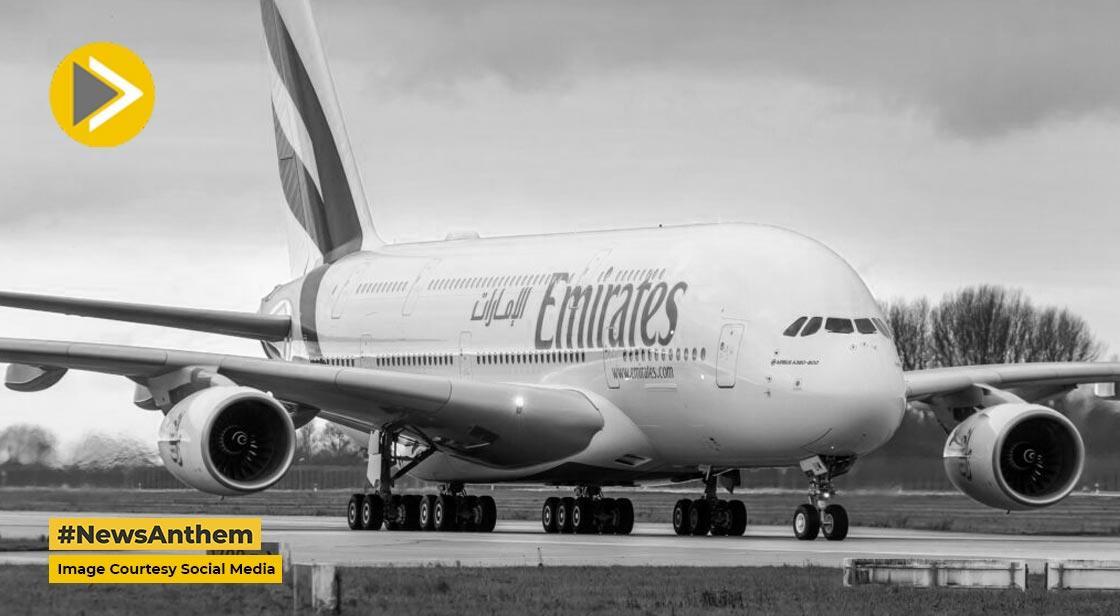Emirates Bans In-Flight Use of Power Banks from October 1, 2025

News Synopsis
Starting October 1, 2025, Emirates will prohibit the use of power banks on its flights—even if carried onboard. The airline’s updated rule states that while passengers may carry one power bank of up to 100 watt-hours (Wh) in their cabin baggage, the device must remain turned off throughout the flight. Passengers will not be allowed to use the power bank to charge phones, tablets, or other devices, nor will they be permitted to recharge it using in-seat power outlets.
Emirates imposes new ban on power bank usage on flights
This measure follows a comprehensive safety review by Emirates, which cited a rise in lithium battery–related incidents in aviation as a primary concern. The airline says the ban helps mitigate risks of overheating, fire, or malfunctioning batteries.
Key guidelines and restrictions under the new rule
What passengers can and cannot do
-
Carry one power bank under 100 Wh in cabin baggage (not in checked luggage).
-
Must remain switched off for the entire journey—no charging or usage allowed.
-
Cannot charge the power bank using the aircraft’s outlets.
-
Storage rules: power banks must be placed under the passenger’s seat or in the seat pocket, not in the overhead bins.
What remains unchanged
-
The existing ban on power banks in checked baggage continues.
-
Aircraft already equipped with USB or AC outlets—but those cannot be used to power a carried battery pack.
Safety rationale — lithium battery risks
Power banks and portable chargers typically use lithium-ion or lithium-polymer batteries, which, under certain conditions, can pose serious fire risks. If a battery is damaged, overcharged, or improperly handled, it may undergo a phenomenon called thermal runaway, in which internal heat escalates uncontrollably, potentially causing fires, explosions, or release of toxic gases.
Emirates pointed to rising incidents in the aviation industry involving battery-related hazards as a key driver behind the stricter rule.
What this means for travelers
-
Travelers should fully charge their devices before boarding, as in-flight power or battery usage will not be allowed.
-
Because overhead bin storage for power banks is barred, passengers must ensure their device remains accessible under the seat or in seat pockets.
-
On long-haul or layover-heavy journeys, passengers need to plan for limited charging flexibility.
-
The clear labeling of capacity on power banks becomes more important than ever—units lacking visible watt-hour ratings may be refused.
Conclusion
Emirates’ decision to ban the in-flight use and charging of power banks from October 1, 2025, reflects a significant shift in aviation safety priorities. With the rising number of battery-related incidents reported worldwide, the airline has chosen to take a firm stand on preventing risks associated with lithium-ion and lithium-polymer batteries, which can overheat or even catch fire if mishandled.
Under the new rules, passengers can still carry a single power bank of up to 100 Wh in their cabin baggage, but it must remain completely switched off and stored either under the seat or in the seat pocket, ensuring easy accessibility in case of emergencies.
While this restriction may inconvenience frequent flyers who depend heavily on portable chargers, Emirates aircraft are already equipped with charging ports to help bridge the gap. Ultimately, the policy prioritizes passenger safety over convenience, and with a little preparation, travelers can adapt smoothly.
You May Like









